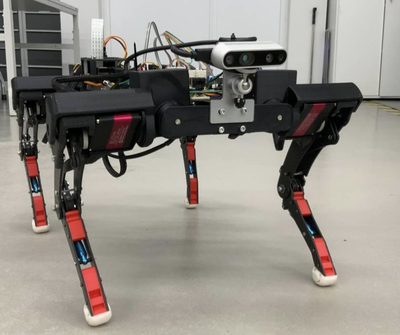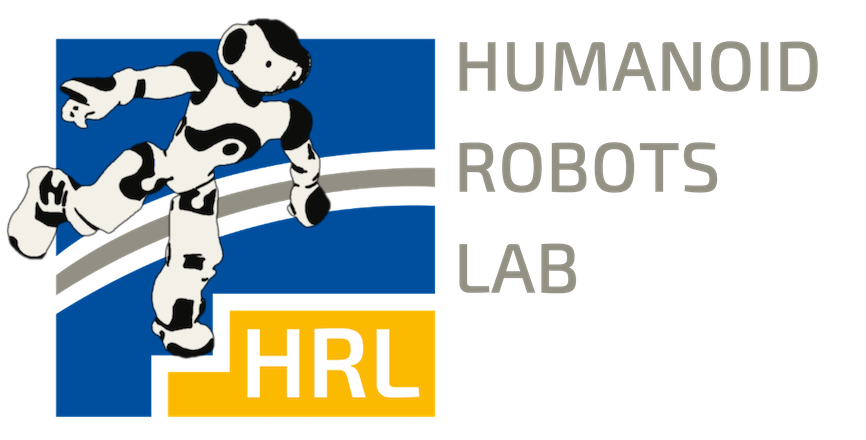HyperDog: An Open-Source Quadruped Robot Platform Based on ROS2 and micro-ROS
Authors:
NDW. Mudalige, I. Zhura, I. Babataev, E. Nazarova, A. Fedoseev, D. TsetserukouType:
Conference ProceedingPublished in:
IEEE International Conference on Systems, Man, and Cybernetics (SMC)Year:
2022DOI:
https://doi.org/10.1109/SMC53654.2022.9945526Links:
BibTex String
@INPROCEEDINGS{9945526,
author={Mudalige, Nipun Dhananjaya Weerakkodi and Zhura, Iana and Babataev, Ildar and Nazarova, Elena and Fedoseev, Aleksey and Tsetserukou, Dzmitry},
booktitle={2022 IEEE International Conference on Systems, Man, and Cybernetics (SMC)},
title={HyperDog: An Open-Source Quadruped Robot Platform Based on ROS2 and micro-ROS},
year={2022},
volume={},
number={},
pages={436-441},
keywords={Legged locomotion;Three-dimensional displays;Operating systems;Software algorithms;Dogs;Software;Quadrupedal robots;Robotic Systems;Mechatronics;System Modeling and Control},
doi={10.1109/SMC53654.2022.9945526}}

Abstract:
Nowadays, design and development of legged quadruped robots is a quite active area of scientific research. In fact, the legged robots have become popular due to their capabilities to adapt to harsh terrains and diverse environmental conditions in comparison to other mobile robots. With the higher demand for legged robot experiments, more researches and engineers need an affordable and quick way of locomotion algorithm development. In this paper, we present a new open source quadruped robot HyperDog platform, which features 12 RC servo motors, onboard NVIDIA Jetson nano computer and STM32F4 Discovery board. HyperDog is an open-source platform for quadruped robotic software development, which is based on Robot Operating System 2 (ROS2) and micro-ROS. Moreover, the HyperDog is a quadrupedal robotic dog entirely built from 3D printed parts and carbon fiber, which allows the robot to have light weight and good strength. The idea of this work is to demonstrate an affordable and customizable way of robot development and provide researches and engineers with the legged robot platform, where different algorithms can be tested and validated in simulation and real environment.

